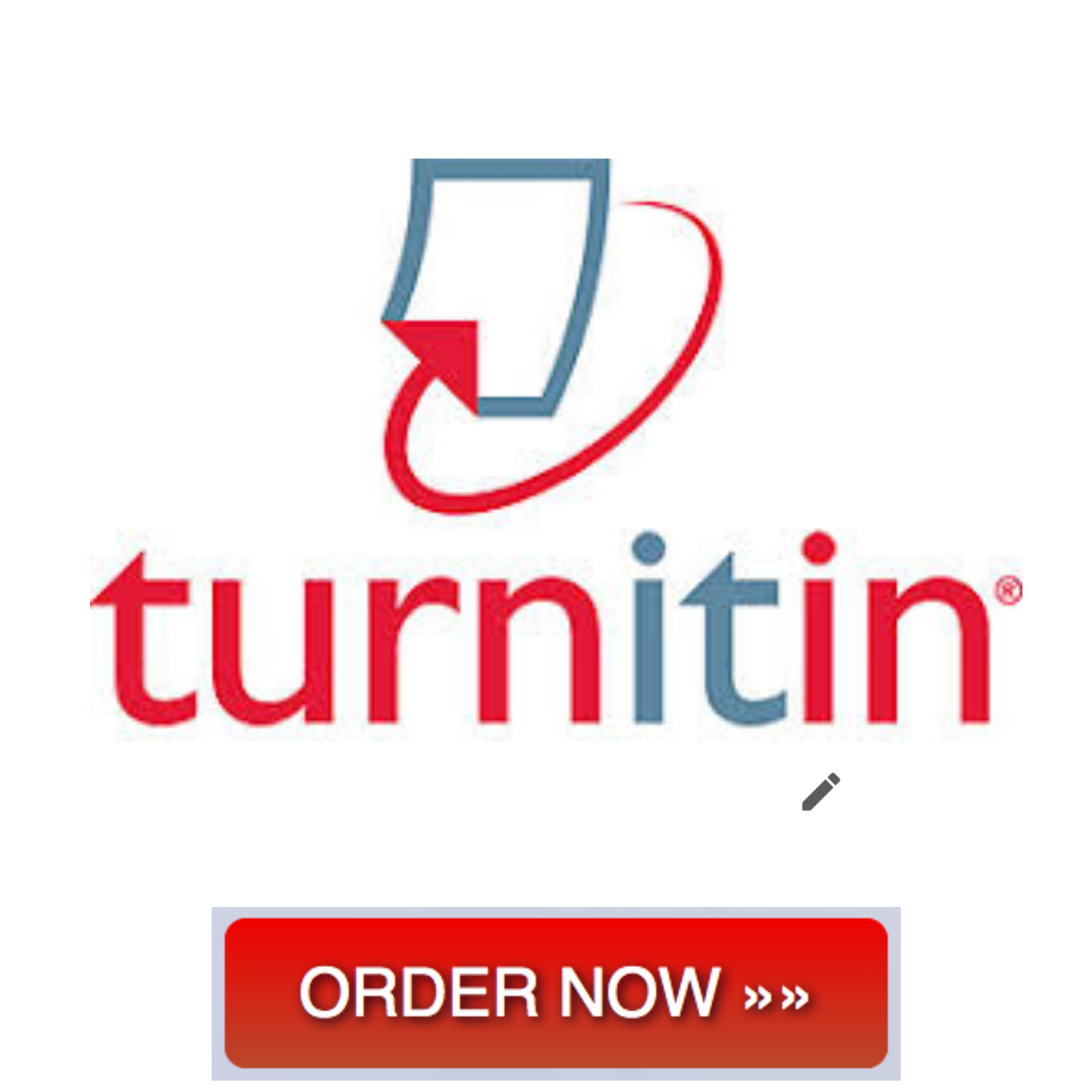Changing Mindset Case Study
Hide Submission Folder Information
Submission Folder
Week 2 – Assignment 1: Changing Mindset Case Study
Instructions
Assignment #1: Changing Mindset Case Study Analysis (16%)
Purpose:
An entrepreneur is someone who thinks and does something that they have not done previously. Entrepreneurship is about having a mindset that focuses on assessing a situation, designing alternatives and selecting a new way of doing something.
This assignment provides students an opportunity to look at a business situation and use an entrepreneurial mindset to answer questions about a case study presented in week 2.
This assignment has two parts.
In part 1, students will be provided a scenario that highlights several critical issues related to a corporate mindset versus that of a small business.
In part 2, students will read an article and provide a synopsis of the article as it relates to a learning organization.
Outcomes Met:
demonstrate an understanding of the small business environment and how to manage in a global marketplace
develop critical managerial skills and processes to assess and analyze key elements of emerging enterprise organizations
Instructions:
Step 1: Review “How to Analyze a Case Study” under Week 2 Content.
Step 2: Create a Word or Rich Text Format (RTF) document that is double-spaced, 12-point font. The final product will be between 4-6 pages in length excluding the title page and reference page.
Step 3: Review the grading rubric for the assignment.
Step 4: Follow this format:
Title page with title, your name, the course, the instructor’s name;
Introduction;
Body, in paragraph form using headings:
Summary paragraph
Part 1
Use headings for the questions provided but do not include the questions in the paper
Part 2
Step 5: In writing a case study, the writing is in the third person. What this means is that there are no words such as “I, me, my, we, or us” (first person writing), nor is there use of “you or your” (second person writing). If uncertain how to write in the third person, view this link: http://www.quickanddirtytips.com/education/grammar/first-second-and-third-person
Step 6: In writing this assignment, students are asked to support the reasoning using in-text citations and a reference list. A reference within a reference list cannot exist without an associated in-text citation and vice versa. View the sample APA paper under Week 1 content.
Step 7: In writing this type of assignment, students are expected to paraphrase and not use direct quotes. Learn to paraphrase by reviewing this link: https://writing.wisc.edu/Handbook/QPA_paraphrase2.html.
Step 8: Read critically and analyze the scenario provided under Week 2 Content.
Step 9: Document key facts from the scenario. Consider making an outline to capture key points in the paper.
Step 10: Part 1: Answer the following questions after reading the case study:
a.) Using at least two references explain why an individual would choose to leave a good career to start a small business with no prior experience, no existing model to follow and without significant capital?
b.) Discuss at least three reasons why Andy’s Parties achieved success so quickly and has been able to sustain the business over the past 8 years when statistically most small businesses fail within the first few years?
c.) Discuss what Andy and his wife’s plans might be for their business going forward?
Step 11: Part 2:
a.) Read “Why aren’t we all working for learning organisations? e-Organisations and People by J. Seddon and B. O’Donovan located under week 2 content
b.) Provide a synopsis (400-600 words) of the findings related to the article.
Step 12: Create the introductory paragraph. The introductory paragraph is the first paragraph of the paper but is typically written after writing the body of the paper (Questions students responded to above). View this website to learn how to write an introductory paragraph: http://www.writing.ucsb.edu/faculty/donelan/intro.html
Step 13: Write a summary paragraph. A summary paragraph restates the main idea(s) of the essay. Make sure to leave a reader with a sense that the essay is complete. The summary paragraph is the last paragraph of a paper.
Step 14: Using the grading rubric as a comparison, read through the paper to ensure all required elements are presented. This step is probably the most critical and can result in many lost points if instructions are not followed.
Step 15: Proofread the paper for spelling and grammatical issues, and third person writing.
Use the spell and grammar check in Word as a first measure;
Have someone who has excellent English skills to proof the paper;
Consider submitting the paper to the Effective Writing Center (EWC). The EWC will provide 4-6 areas that may need improvement.
Step 16: Submit the paper in the Assignment Folder.
Due Date
Sep 25, 2016 11:59 PM
Hide Rubrics
Rubric Name: Assignment #1
Criteria Outstanding Superior Good Substandard Failure
Content: Explain why an individual would choose to leave a good career to start a small business with no prior experience, no existing model to follow and without significant capital 1.28 points
Why an individual would choose to leave a good career to start a small business with no prior experience, no existing model to follow and without significant capital is clearly, accurately and comprehensively explained delivering all relevant information.
(1.152 – 1.28)
1.088 points
Why an individual would choose to leave a good career to start a small business with no prior experience, no existing model to follow and without significant capital is explained accurately but could be more comprehensively or clearer with more relevant information.
(1.024 – 1.151)
0.96 points
Why an individual would choose to leave a good career to start a small business with no prior experience, no existing model to follow and without significant capital is explained but needs more clarification on some aspects.
(0.896 – 1.023)
0.832 points
Why an individual would choose to leave a good career to start a small business with no prior experience, no existing model to follow and without significant capital is discussed superfically or only partially discussed. Key points are missing.
(0.768 – 0.895)
0 points
Why an individual would choose to leave a good career to start a small business with no prior experience, no existing model to follow and without significant capital is not discussed.
(0 – 0.767)
Content: Explains why business achieved success so quickly and has been able to sustain the business over the past 8 years when statistically most small businesses fail within the first few years 1.28 points
More than four reasons provided that accurately explain why the business was successful.
(1.152 – 1.28)
1.088 points
Four reasons provided that accurately explain why the business was successful.
(1.024 – 1.151)
0.96 points
Three reasons provided that accurately explain why the business was successful.
(0.896 – 1.023)
.
0.832 points
One or two reasons provided that accurately explain why the business was successful.
(0.768 – 0.895)
0 points
No reasons were provided
(0 – 0.767)
Content: Plans for the Future 1.12 points
Plans for the future are clearly, accurately and comprehensively presented delivering all relevant information.
(1.008 – 1.12)
0.952 points
Plans for the future are sufficiently presented but could be more comprehensive with more relevant information.
(0.896 – 1.007)
0.84 points
Plans for the future are discussed but needs more clarification on several aspects.
(0.784 – 0.895)
0.728 points
Plans for the future are discussed but is not thoroughly or key points are missing.
(0.672 – 0.783)
0 points
Plans for the future not discussed.
(0 – 0.671)
Content: Synopsis 1.92 points
Synopsis is accurately explained but could be more comprehensive or clearer with more relevant information.
(1.728 – 1.92)
1.632 points
Synopsis is explained but key points are missing or needs more clarification on some aspects.
(1.536 – 1.727)
1.44 points
Synopsis is explained but needs more clarification on some aspects.
(1.344 – 1.535)
1.248 points
Synopsis could be more completely discussed or there are key points missing.
(1.152 – 1.343)
0 points
Synopsis not provided
(0 – 1.151)
Critical Thinking/Reasoning 3.2 points
Concepts and ideas are fully developed. Thinking is consistent in accurately interpreting questions and material/provides solid assumptions, reasoning and evaluation with sound conclusions. Reader can easily follow the author\’s logic and reasoning.
(2.88 – 3.2)
2.72 points
Concepts and ideas are developed. Thinking is mostly consistent in accurately interpreting questions and material/ provides good assumptions, reasoning and evaluation with sound conclusions. Reader can easily follow the author\’s logic and reasoning.
(2.56 – 2.879)
2.4 points
Concepts and ideas are mostly developed but may need clarification on some aspects of thinking, reasoning or evaluation. Conclusions are drawn. Reader follows the author’s logic but occasionally there are areas that are unclear.
(2.24 – 2.559)
2.08 points
Concepts and ideas are not cohesive. Misinterprets questions or material; ignores or superficially evaluates, justifies little and seldom explains reasoning; draws unwarranted conclusions. At times, the reader must attempt to determine the author\’s train of thought.
(1.92 – 2.239)
0 points
Concepts and ideas are not fully developed or presented in a cohesive manner. Misinterprets questions or material.
(0 – 1.19)
Application of Resources 3.2 points
Arguments or positions are well-supported with evidence from the readings/experience; ideas go beyond the course material and recognize implications and extensions of the material and concepts.
(2.88 – 3.2)
2.72 points
Arguments or positions are mostly supported by evidence from the readings and course content; ideas presented demonstrate understanding of the material and concepts.
(2.56 – 2.879)
2.4 points
Arguments are more often based on opinion or unclear views than on position grounded in the readings of material or external sources of material.
(2.24 – 2.559)
2.08 points
Arguments are frequently illogical and unsubstantiated; Limited use of facts in case study and essential information presented in resources; May resort to ad hominem attacks on the author instead of making meaningful application of the material.
(1.92 – 2.239)
0 points
Arguments lack meaningful explanation or support of ideas. Does not provide facts presented in case study.
(0 – 1.919)
Attention to Instructions 1.6 points
demonstrated full understanding of requirements responded to each aspect of assignment
(1.44 – 1.6)
1.36 points
demonstrated understanding of requirements; missed one minor aspect of assignment
(1.28 – 1.439)
1.2 points
demonstrated some understanding of requirements; missed a key element or two minor aspects of assignment
(1.12 – 1.28)
1.04 points
failed to show a firm understanding of requirements; missed two key elements or several minor aspects of assignment
(0.96 – 1.119)
0 points
did not demonstrate understanding of assignment requirements
(0 – 0.959)
Writing Mechanics 1.6 points
Strictly adheres to standard usage rules of written English, including but not limited to capitalization, punctuation, and spelling. No errors found. No jargon used.
(1.44 – 1.6)
1.36 points
Adheres to standard usage of mechanics: conventions of written English, including capitalization, punctuation, and spelling. One to three errors found.
(1.28 – 1.439)
1.2 points
Minimally adheres to standard usage rules of mechanics: conventions of English, including capitalization, punctuation, and spelling. Four to 10 errors found.
(1.12 – 1.279)
1.04 points
Does not adhere to standard usage rules of mechanics: conventions of written English, including capitalization, punctuation, and spelling. More than 10 errors found.
(0.96 – 1.119)
0 points
Does not adhere to standard usage rules of mechanics: conventions of written English largely incomprehensible and errors are too plentiful to count.
(0 – 0.959)
APA Style (6th ed.) 0.8 points
No APA style errors; Proper citation of source material is used throughout paper. Reference titles follow APA with only the first word, the first word after a colon and proper nouns capitalized.
(0.72 – 0.8)
0.68 points
Attempts in-text citations and reference list but one or two APA style errors noted.
(0.64 – 0.72)
0.6 points
Attempts in-text citations and reference lists; APA style errors are noted; inconsistencies in citation usage are noted throughout document.
(0.56 – 0.639)
0.52 points
Attempts either in-text citations or reference list but omits the other.
(0.48 – 0.559)
0 points
No attempt at APA style.
(0 – 0.479)
Overall Score Outstanding
14.4 or more Superior
12.8 or more Good
11.2 or more Substandard
9.6 or more Failure
0 or more
Submit Files
Is this your assignment or some part of it?
We can do it for you! Click to Order!








